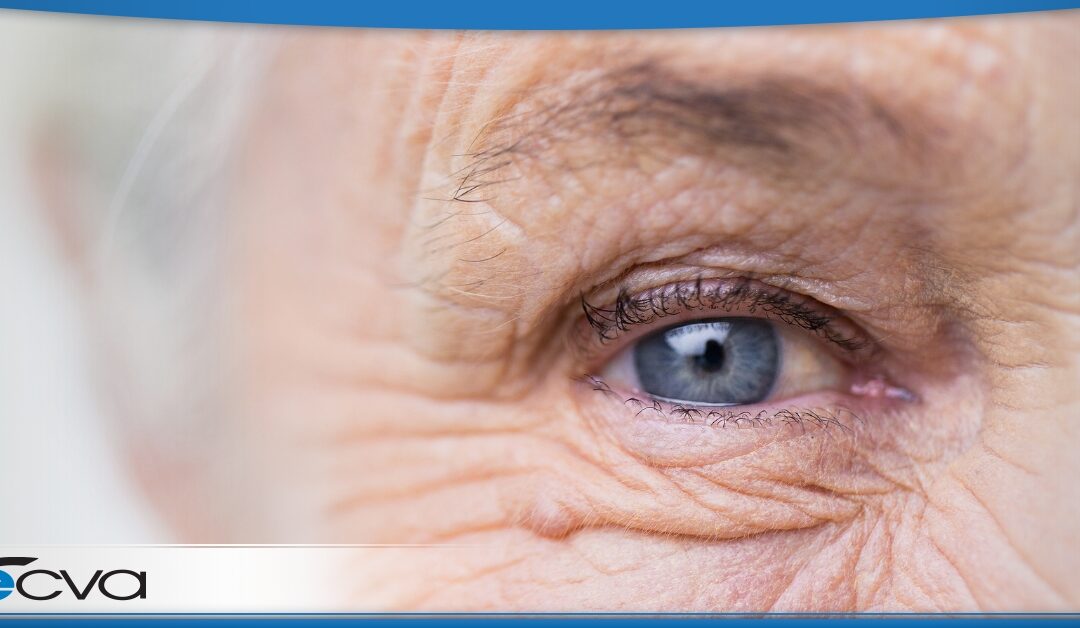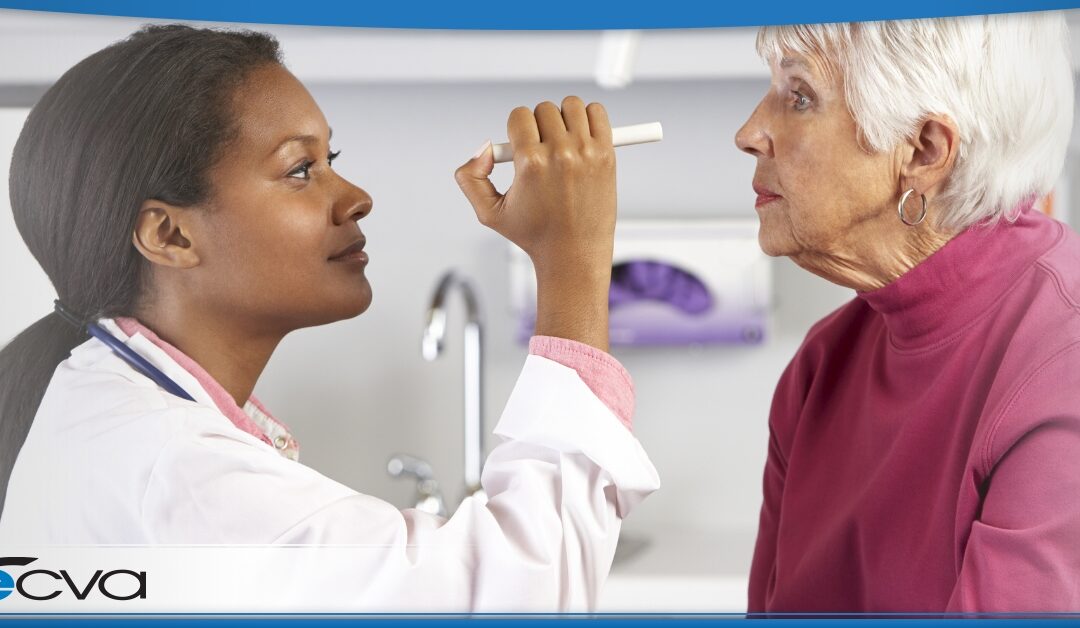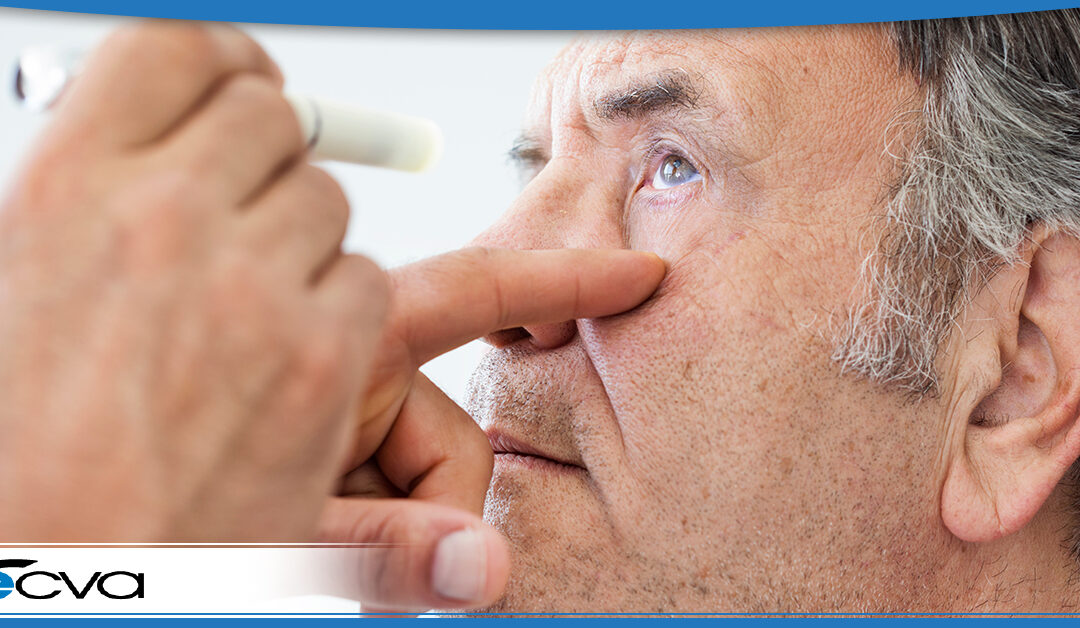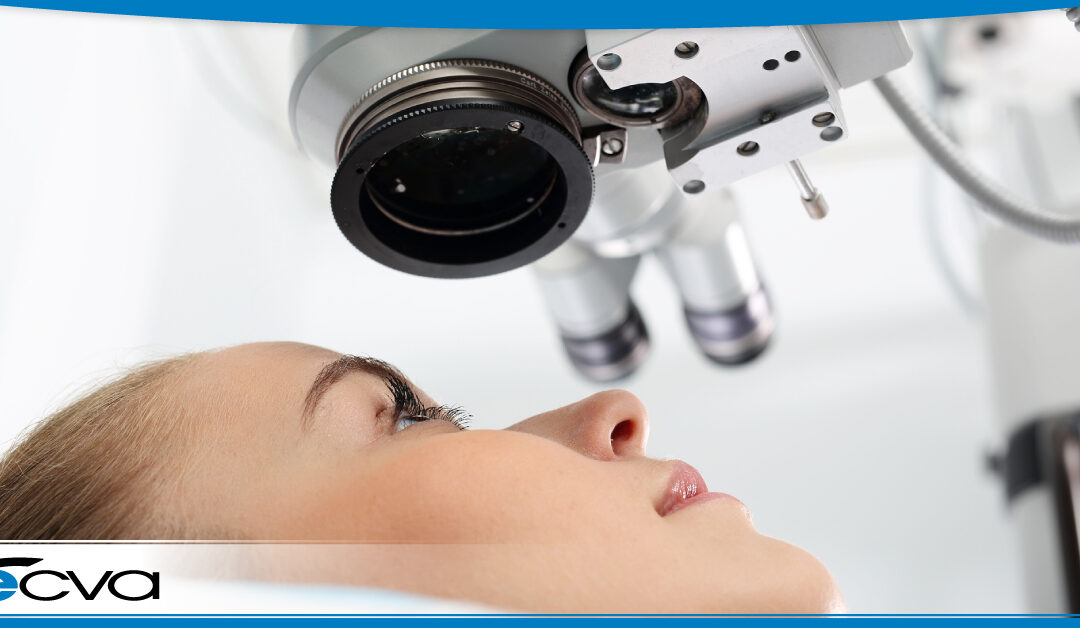
by preichert | Aug 21, 2024 | Eye Health
The impact of drooping eyelids is often far more significant than people expect. When the eyelids droop, it makes it difficult to see clearly or keep the eyes open. This condition, known as ptosis, can substantially affect daily life, affecting everything from reading...

by preichert | Aug 8, 2024 | Eye Health
Lazy eye, or amblyopia, often goes unnoticed until it begins to affect daily activities. Imagine seeing the world through a lens that is always slightly out of focus in one eye while the other works perfectly. This condition can impact both children and adults,...

by preichert | Jun 19, 2024 | Cataracts, Eye Health
More than 6.1 million American cataract patients have successfully undergone surgery to remove them. This statistic marks the surgery as one of the more common in the medical world. If you live past 70, the chances are high you’ll experience cataracts in one or both...

by preichert | May 21, 2024 | Eye Health
You probably work out, eat well, and do your best to create a healthy lifestyle for your loved ones. But if you don’t, you might also be neglecting your eye health, which surprisingly is affected by the nutrition you consume, your hydration, and even the...

by preichert | Apr 29, 2024 | Cataracts, Glaucoma
Buffalo, New York, boasts a vibrant community of ophthalmologists dedicated to providing top-tier eye care services. Eye Care & Vision Associates (ECVA) is proud to be a member of this robust medical community. From addressing common conditions like cataracts to...






